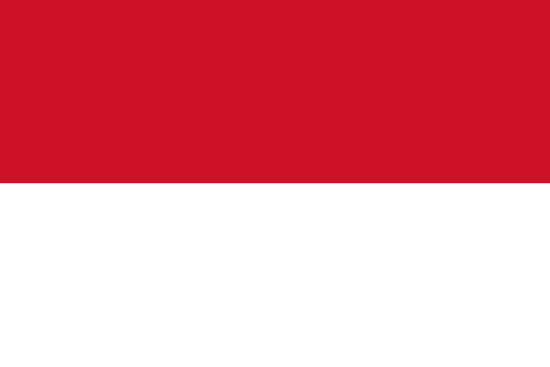"Jaya Raya | Victorious and Great"
About:
Jakarta, the capital of Indonesia, was founded in the 4th century as Sunda Kelapa. It was renamed Jayakarta in the 16th century under the Sultanate of Banten. The Dutch East India Company captured the city in 1619, renaming it Batavia. After Indonesian independence in 1945, it was renamed Jakarta. Despite challenges like overpopulation and pollution, Jakarta has grown into a global city, with significant economic, political, and cultural influence in the Asia-Pacific region.
When to visit:
Jakarta, the vibrant capital city of Indonesia, experiences a tropical rainforest climate with consistently high temperatures and humidity throughout the year. The best time to visit Jakarta is during the dry season, which typically spans from June to September, when the city experiences less rainfall and more sunshine. This period offers ideal conditions for exploring Jakarta's numerous attractions, from historical sites to modern shopping centers. Travelers should be prepared for occasional downpours even during the dry season, as the city's climate can be unpredictable.
When to avoid:
The worst time to travel to Jakarta, Indonesia on a holiday is generally during the peak of the wet season, which occurs from December to February. During this time, heavy rainfall is common, leading to frequent flooding and transportation disruptions. Additionally, the high humidity and temperatures can make outdoor activities uncomfortable. It is advisable to avoid traveling to Jakarta during this period to ensure a more enjoyable and hassle-free holiday experience.
Monsoon Season (Nov-Mar)
In Jakarta, the wettest season occurs from November to March, with January being the peak of the rainy season. Average temperatures range from 25-30°C. Rainfall intensifies, with averages of 400mm in January. Sunlight is limited, with 3-4 hours of sunshine per day due to heavy cloud cover. An average day for a visitor would typically involve morning sunshine followed by afternoon showers, often intense but brief. Humidity is high, so lightweight, breathable clothing is recommended. Despite the rain, Jakarta's vibrant city life continues unabated.
"Hot Dry Season (June–September)"
The warmest part of the year in Jakarta, Indonesia, typically spans from May to September, with the peak temperatures usually occurring in the months of August and September. During this period, the average high temperature ranges from 31°C to 33°C (88°F to 91°F), while the average low temperature is around 24°C to 25°C (75°F to 77°F).
Rainfall is relatively low during this period, as it's considered the dry season. However, Jakarta being a tropical city, occasional showers can still be expected. The monthly rainfall averages around 60mm to 80mm.
Sunlight is ample during this period, with Jakarta experiencing an average of 6 to 7 hours of sunshine per day. However, the city is known for its high humidity levels, which often exceed 80%, making the heat feel more intense.
Cloudiness varies, but clear or partly cloudy conditions are more common in these months. That said, it's not unusual to see sudden cloud build-ups leading to brief showers.
For a visitor, a typical day in Jakarta during the warmest part of the year would feel hot and humid. The mornings usually start bright and sunny, often turning into hot afternoons. The heat, combined with the city's high humidity, can make outdoor activities feel quite intense. It's always a good idea to stay hydrated and wear light, breathable clothing. Despite this, the warmth provides great opportunities to explore the city's outdoor attractions.
Language:
In Jakarta, the most commonly spoken language is Indonesian, as it is the country's official language. However, due to the city's diverse population, you'll also hear many regional languages such as Javanese, Sundanese, and Betawi. English is also widely spoken, especially in business and tourism sectors.




